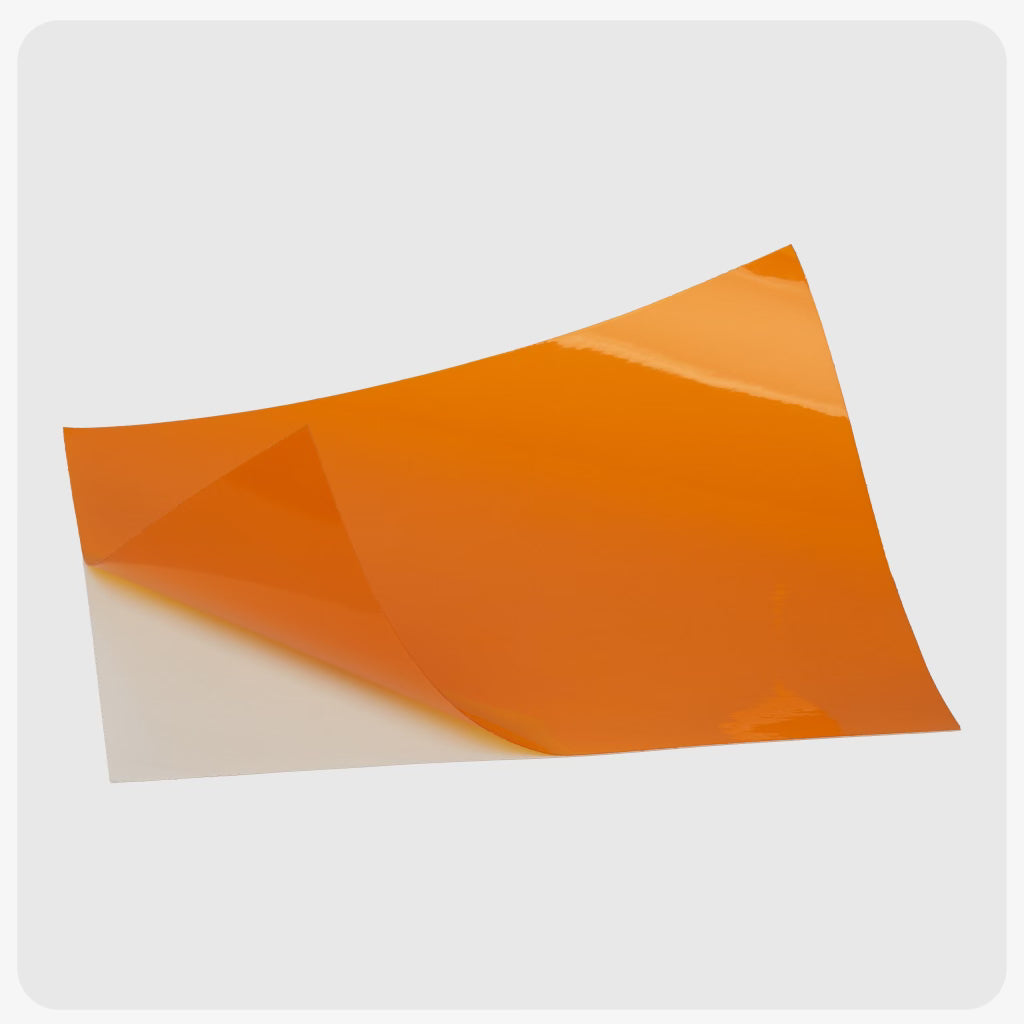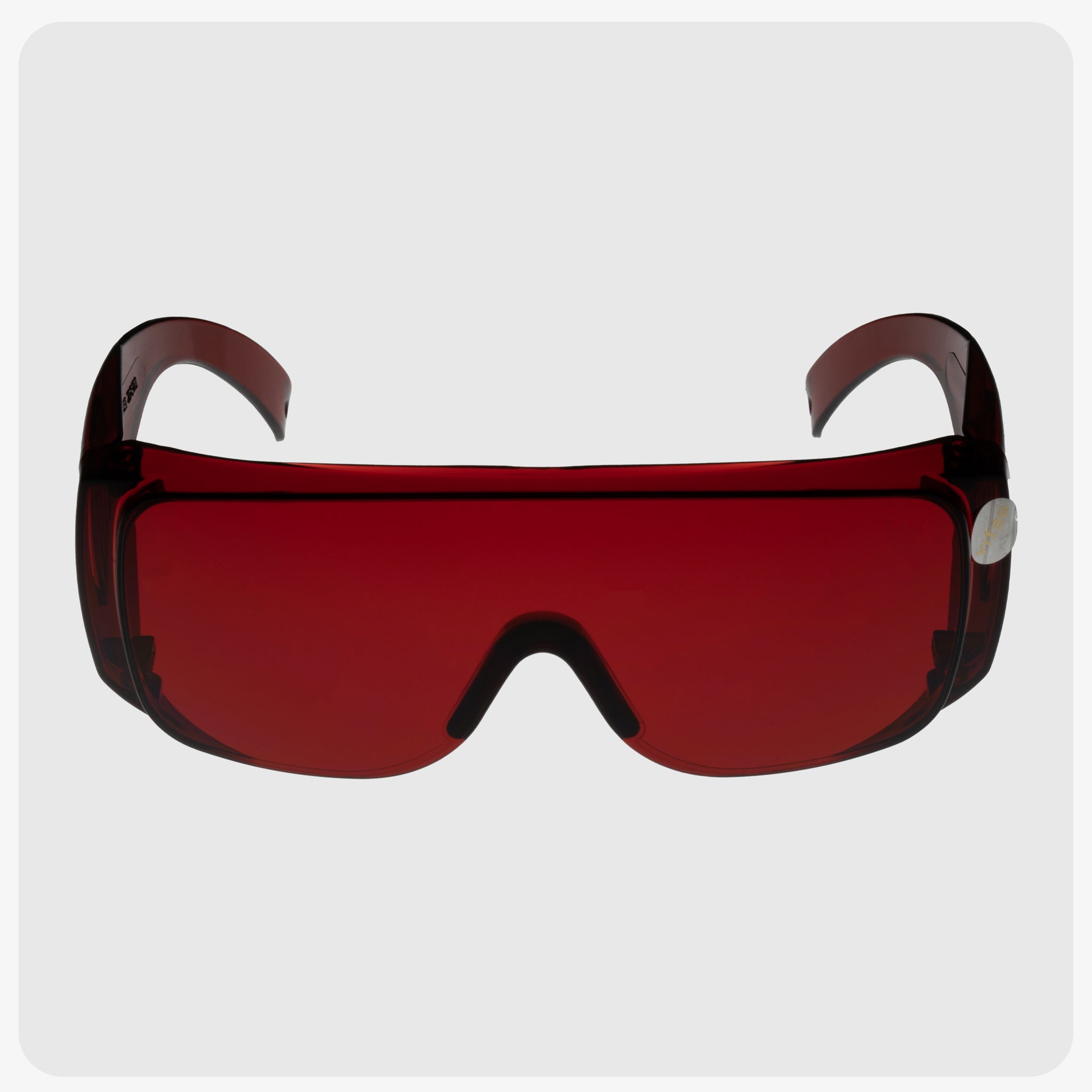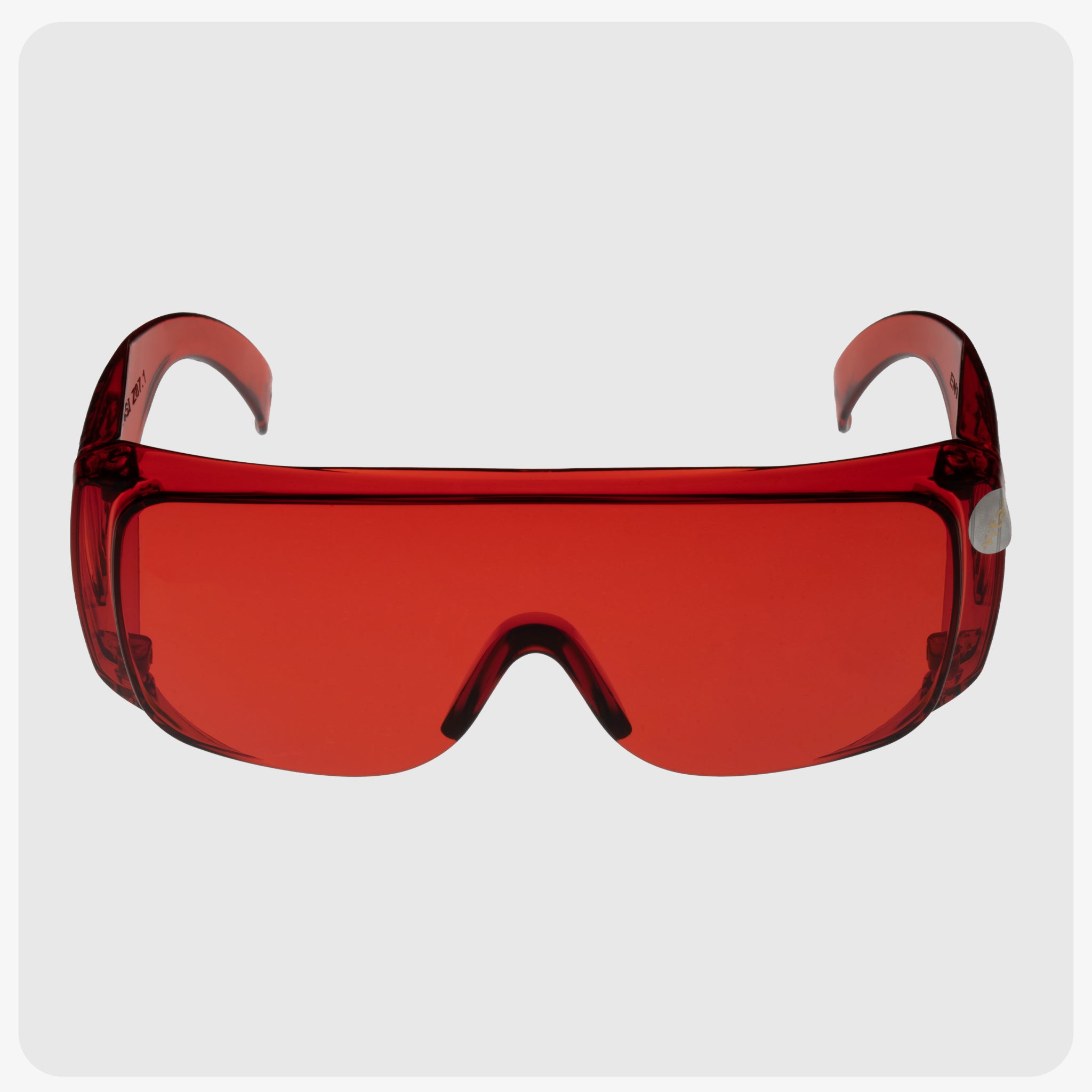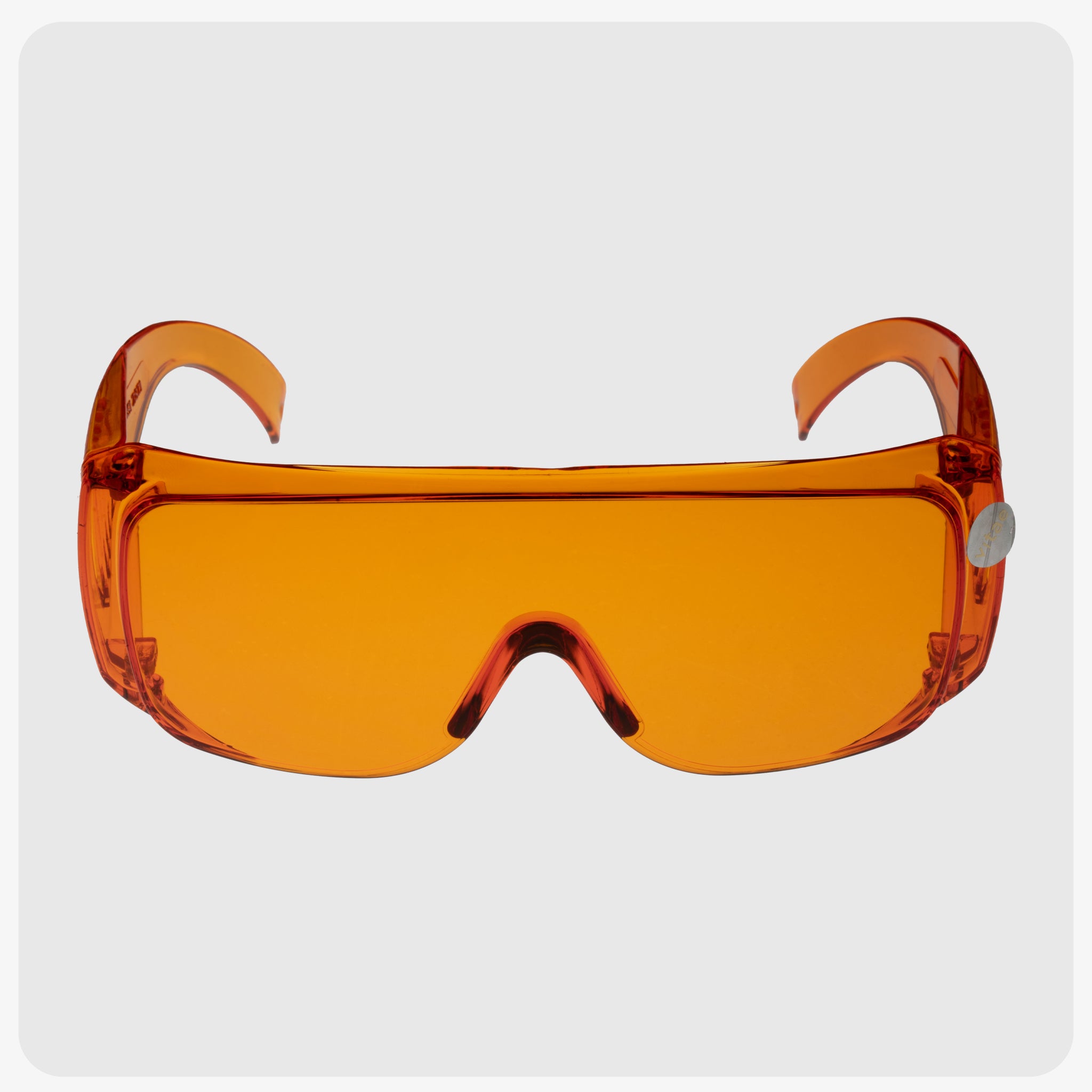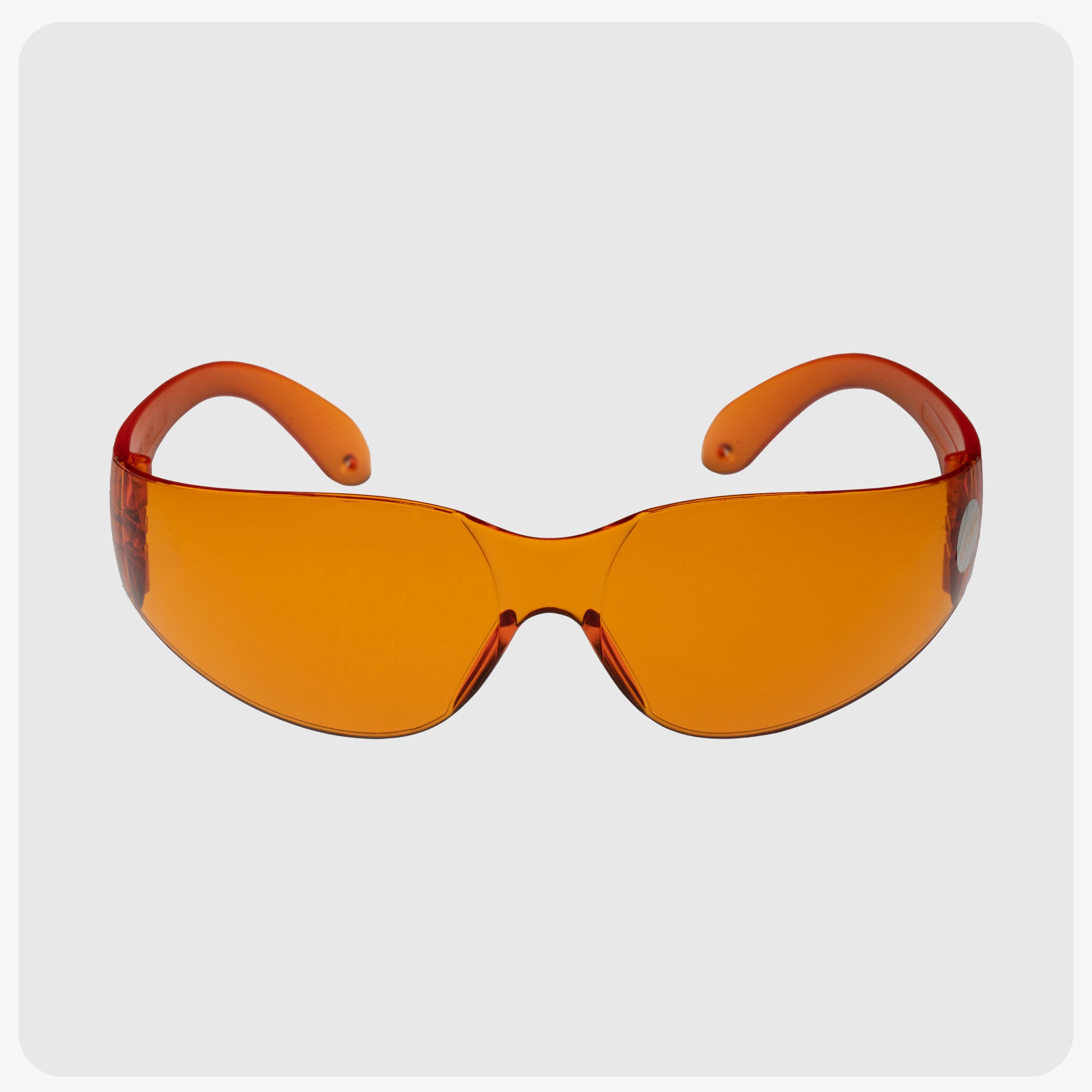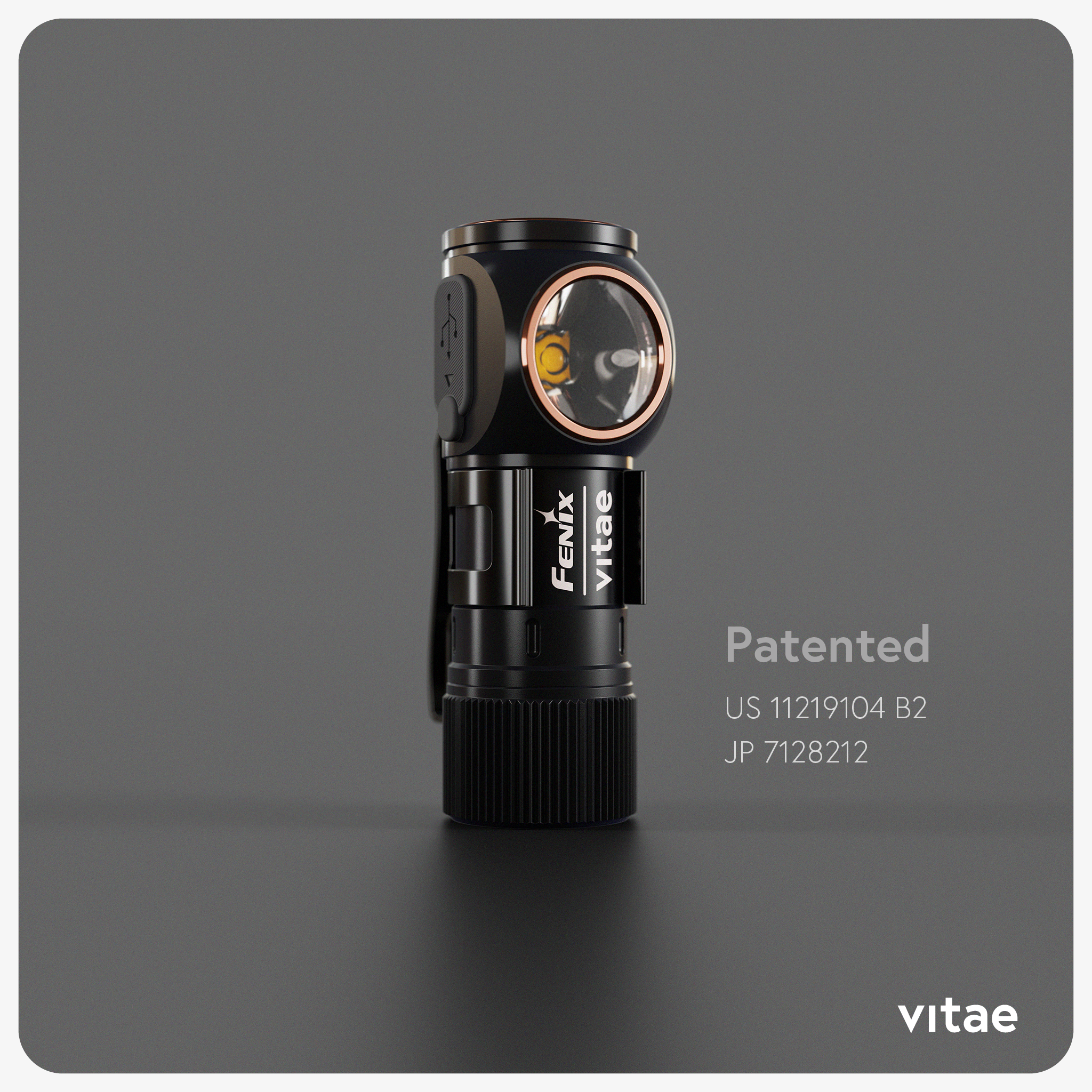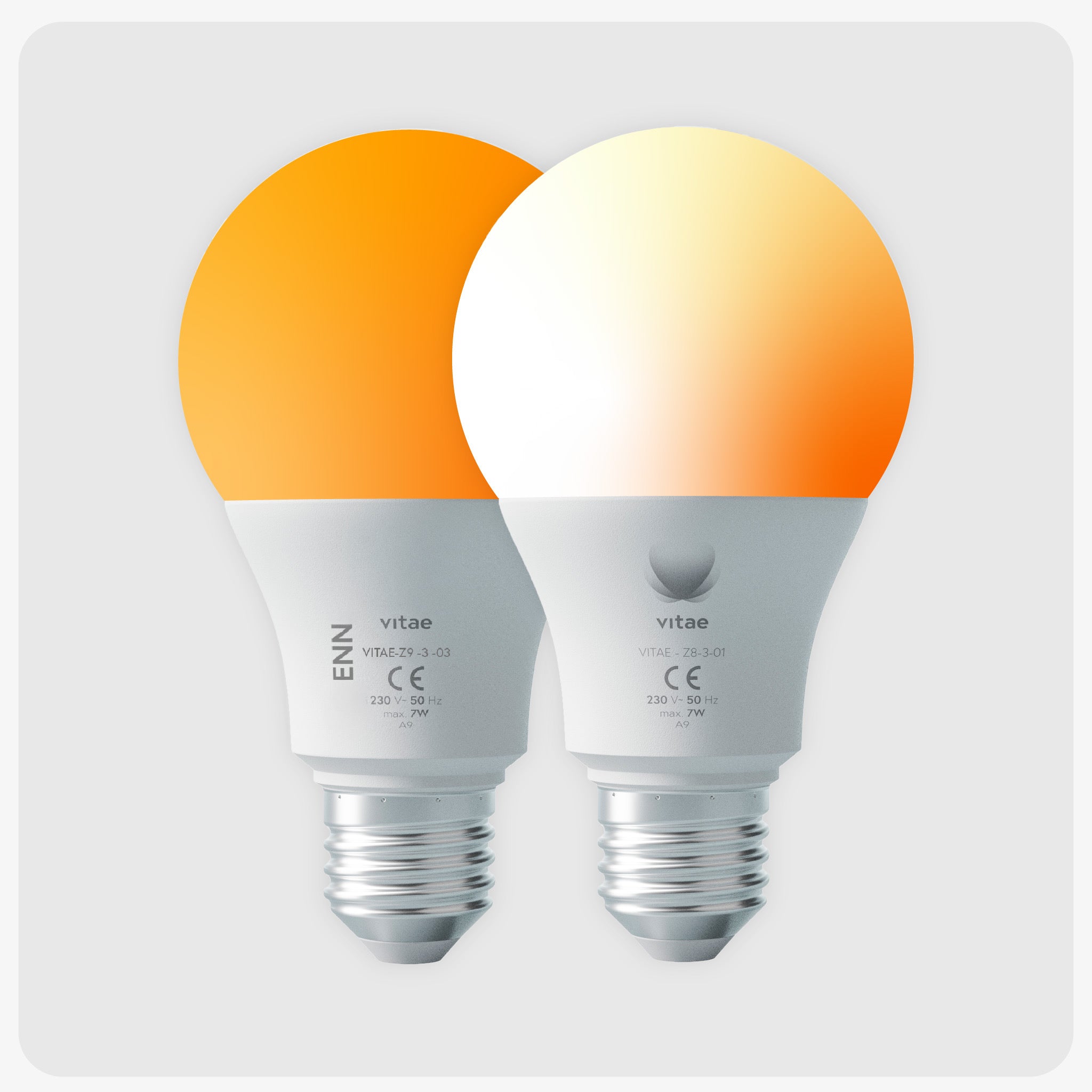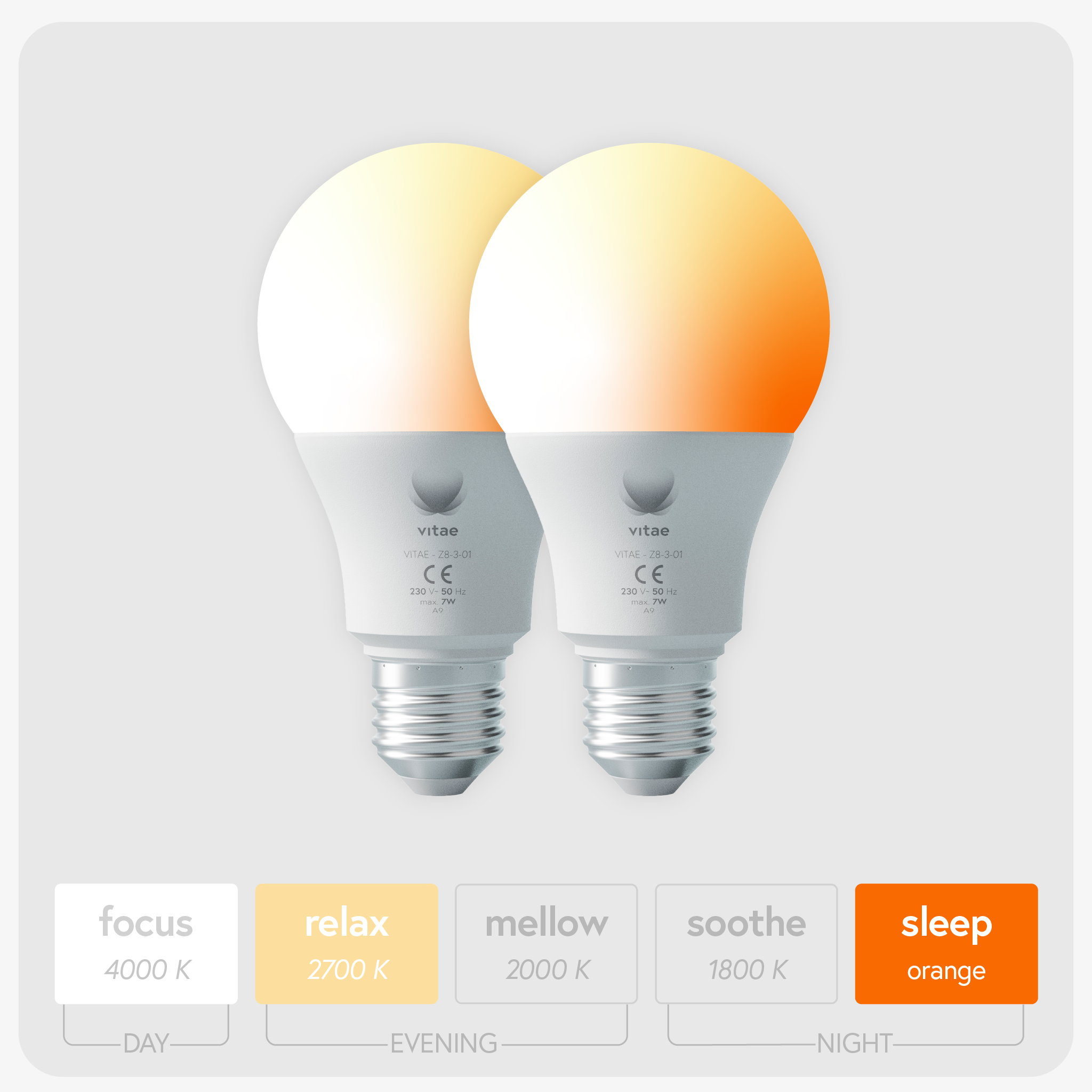How Light Affects Your Sleep & What to Do About It
Sleep & Blue Light
You are at the right place if you:
Need an alarm to wake up.
Rely on caffeine to stay alert during the day.
Sleep longer on weekends than on weekdays
In today’s digital world, poor sleep has become the norm, and one of the biggest culprits is the light we expose ourselves to before bed.
Blue light from screens and artificial lighting disrupts melatonin production, making it harder to fall asleep. But not all light is bad, red light bulbs are scientifically proven to support sleep without interfering with your body’s natural rhythms.
So what’s the best light for sleep?
Studies show that warm, red-toned light helps signal to your brain that it’s nighttime, improving sleep quality. On the other hand, exposure to blue light (from phones, tablets, and standard LED bulbs) suppresses melatonin, making it harder to fall asleep and stay asleep.
Vitaelight’s Sleep-Optimized Red Light Bulbs support melatonin production while providing enough visibility for reading, nursing, or winding down before bed.
Upgrade Your Night Routine & Sleep Better – Try Our Sleep-Optimized Light Bulbs Today!
The Problem With Blue Light

What Your Body Expects
Our bodies evolved to use light to tell time. Here is what we are adapted to
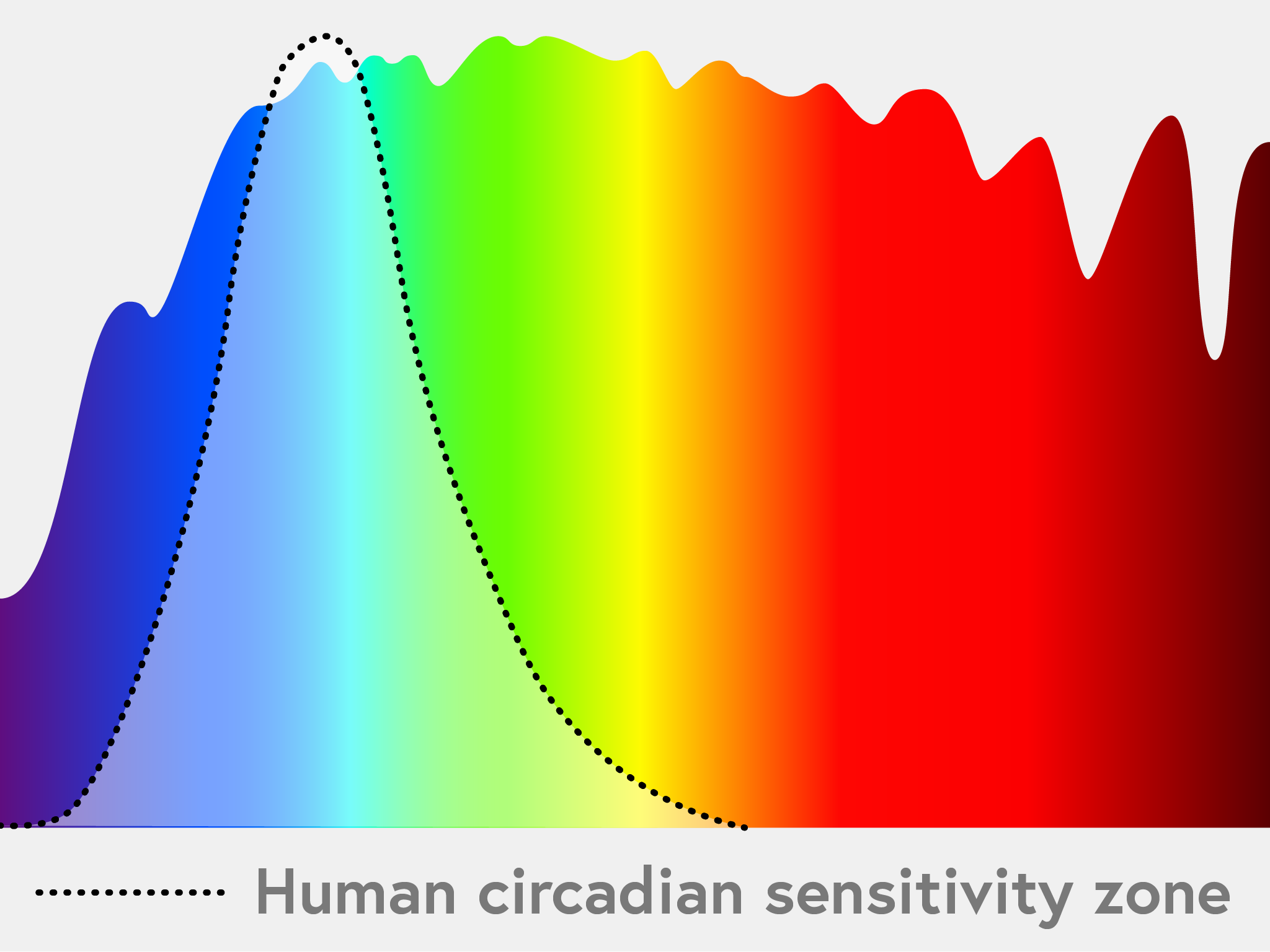
Sunlight
Natural daylight is intensive and rich in blue light, keeping us alert and focused.
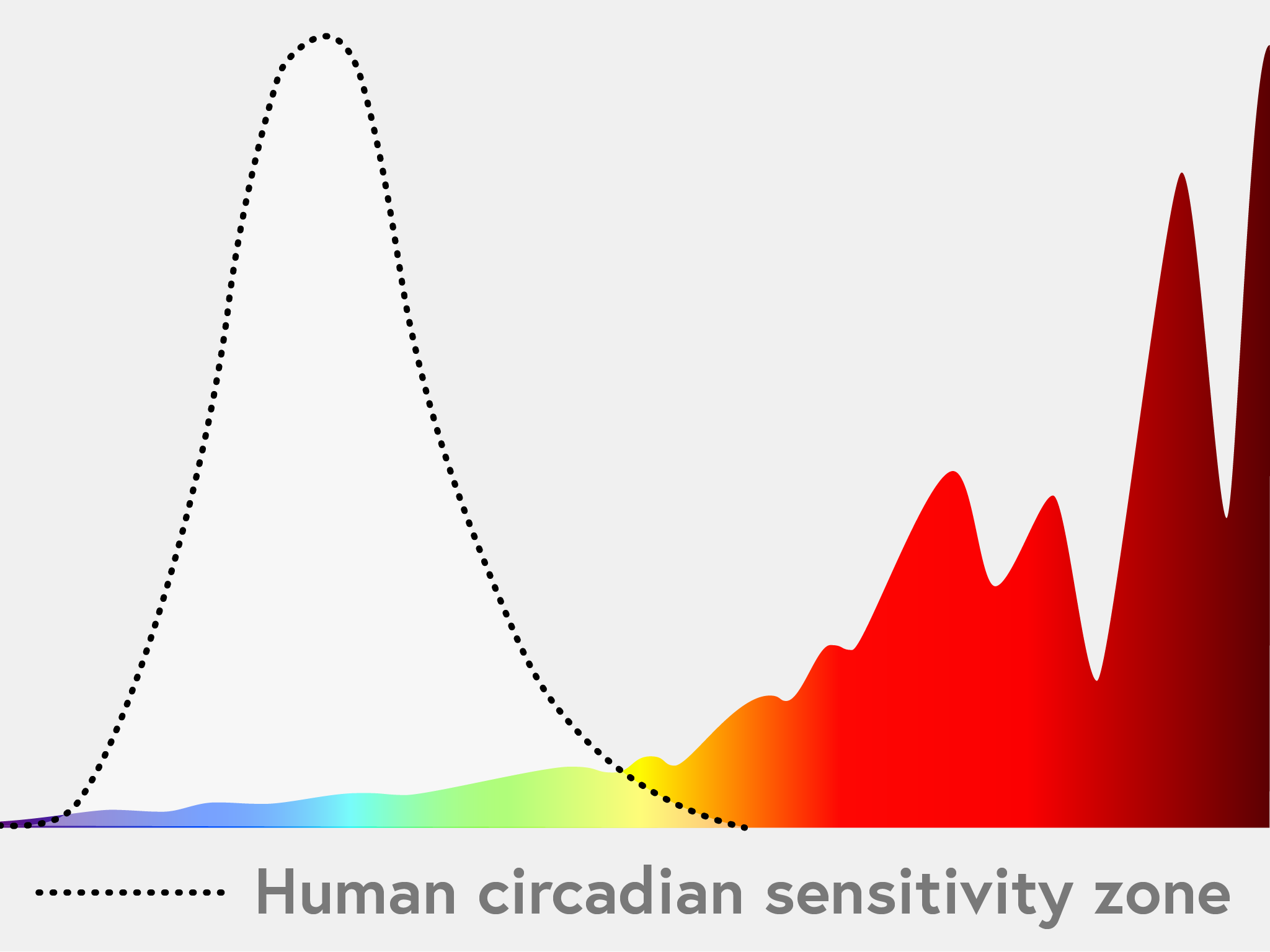
Sunset
As the sun sets, blue light fades and the body starts winding down.

Fire
For millennia, firelight illuminated the night. Warm, blue-free, and sleep-friendly.
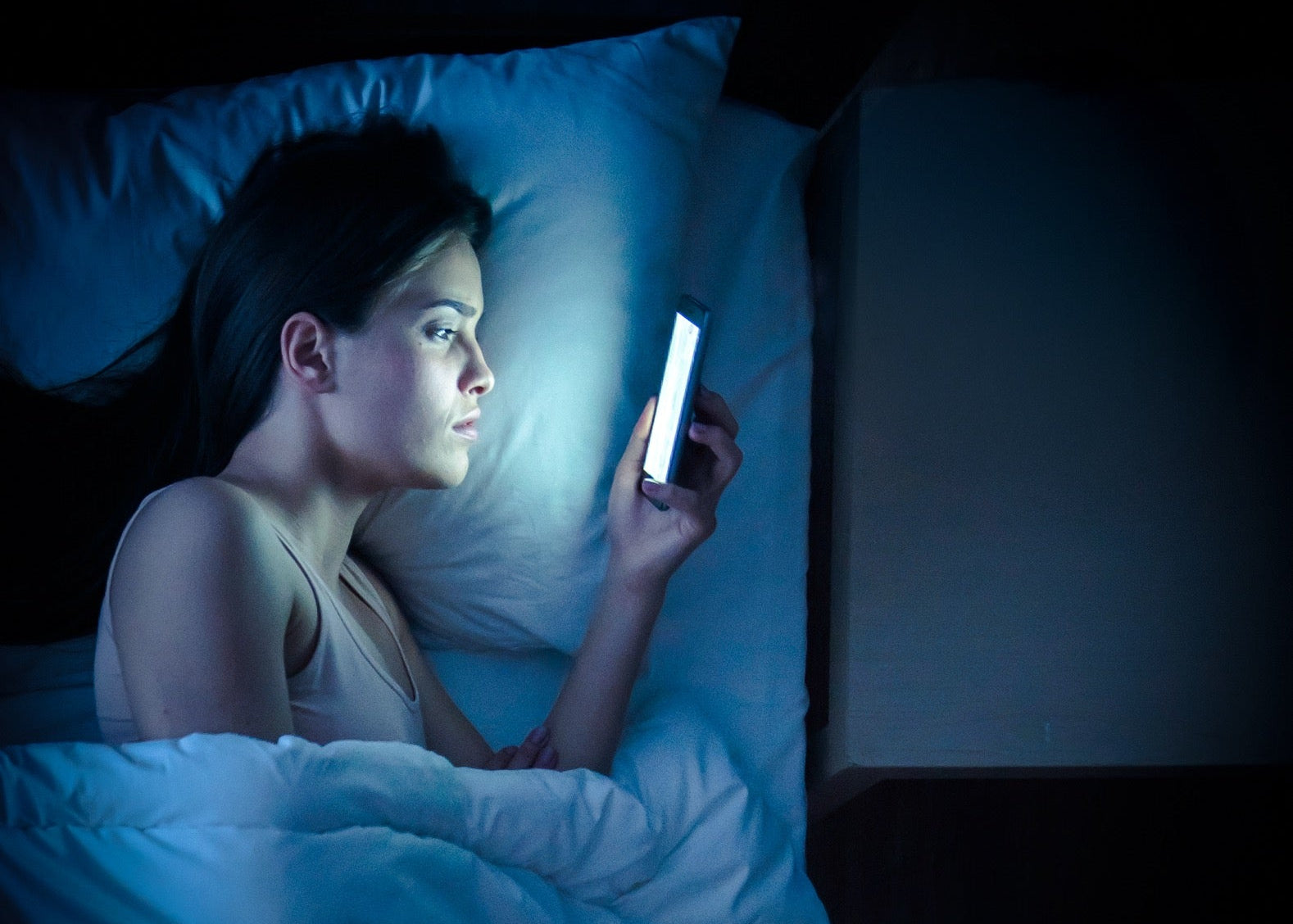
What We Give It Instead
Artificial light keeps us exposed to blue light long after sunset. Instead of winding down, we unknowingly signal to our body that it’s still daytime.
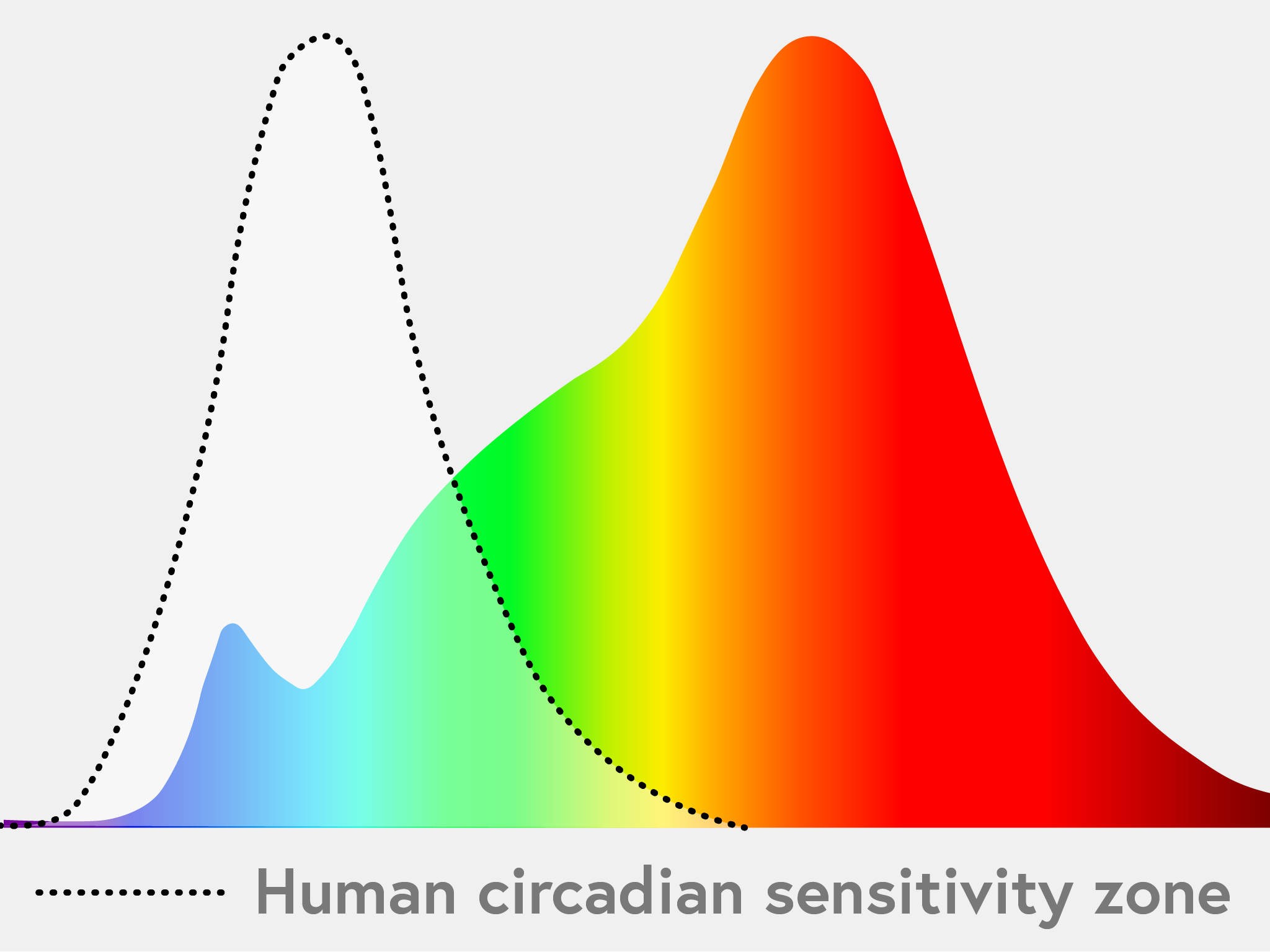
2700K LED
Even ‘warm’ LEDs still emit too much blue, for night time use.
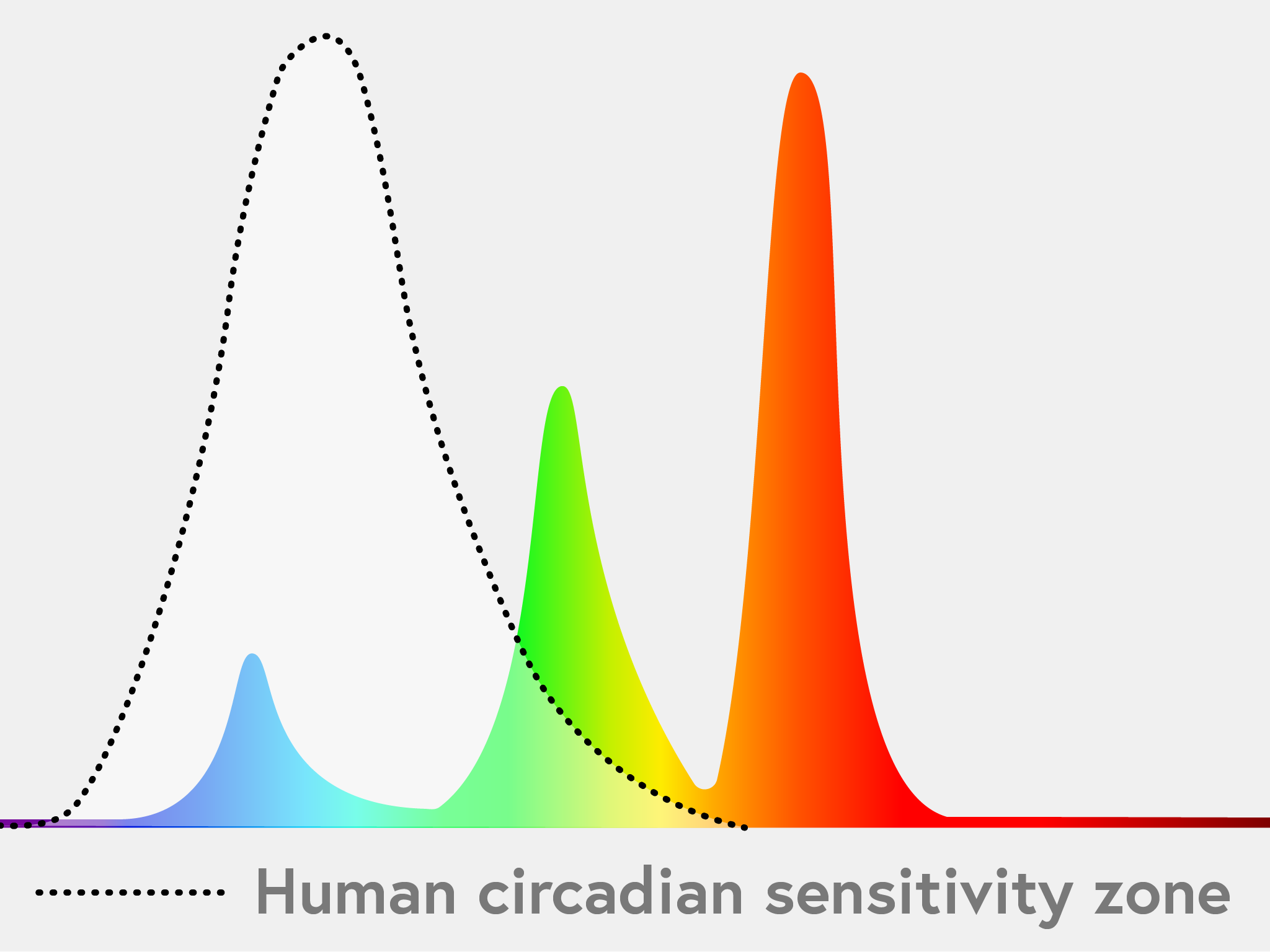
Night Shift Screen
Even in ‘night mode,’ screens emit enough blue to delay sleep.
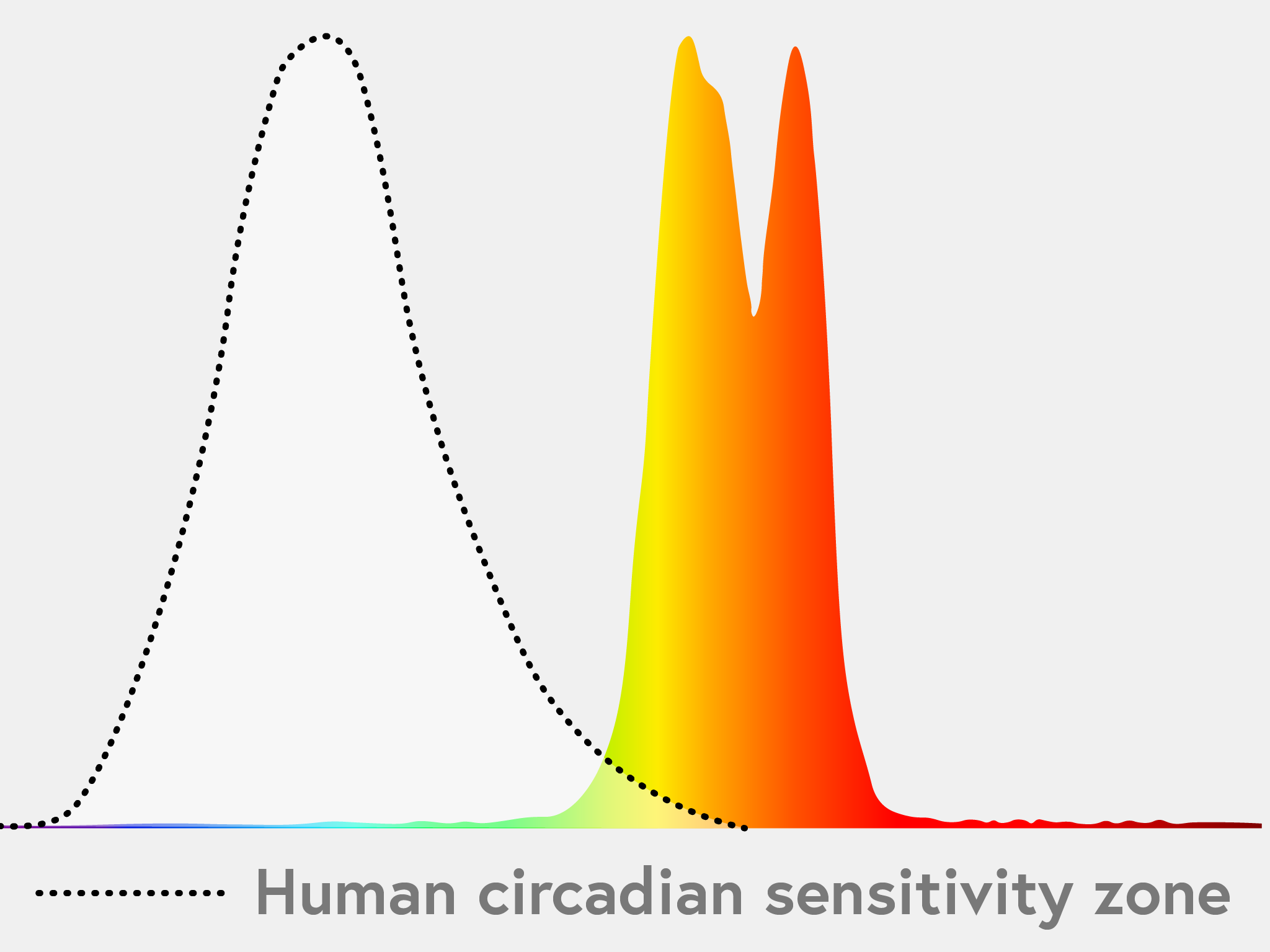
vitae orange
Night Safe light you can fall asleep with, without disrupting your circadian rhythm


